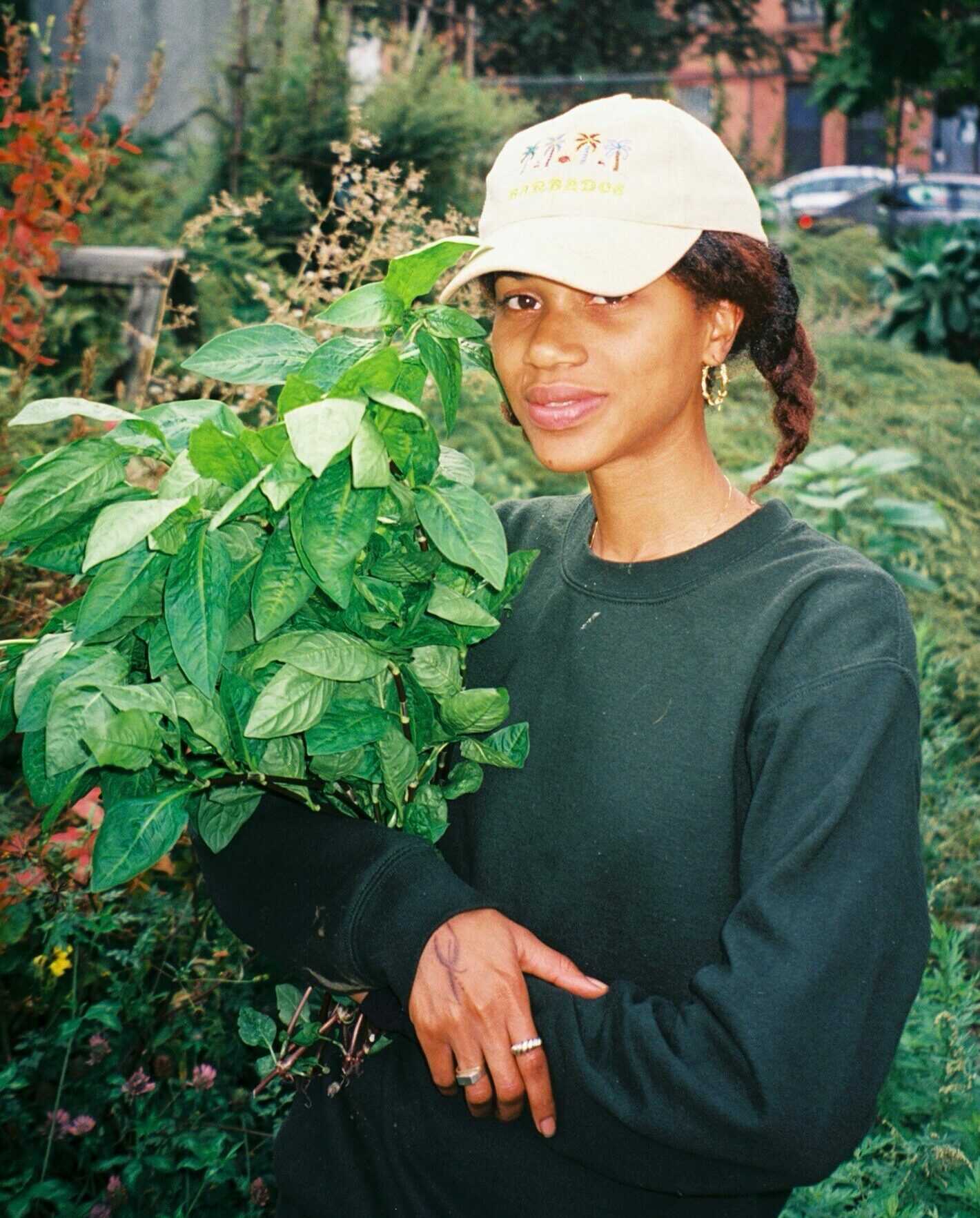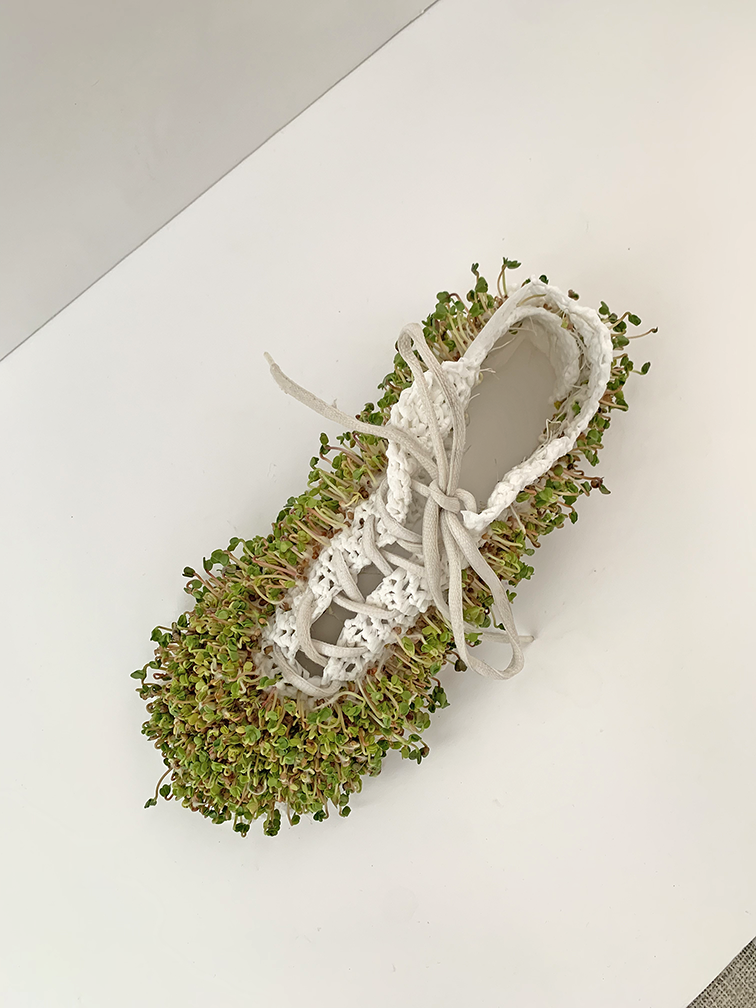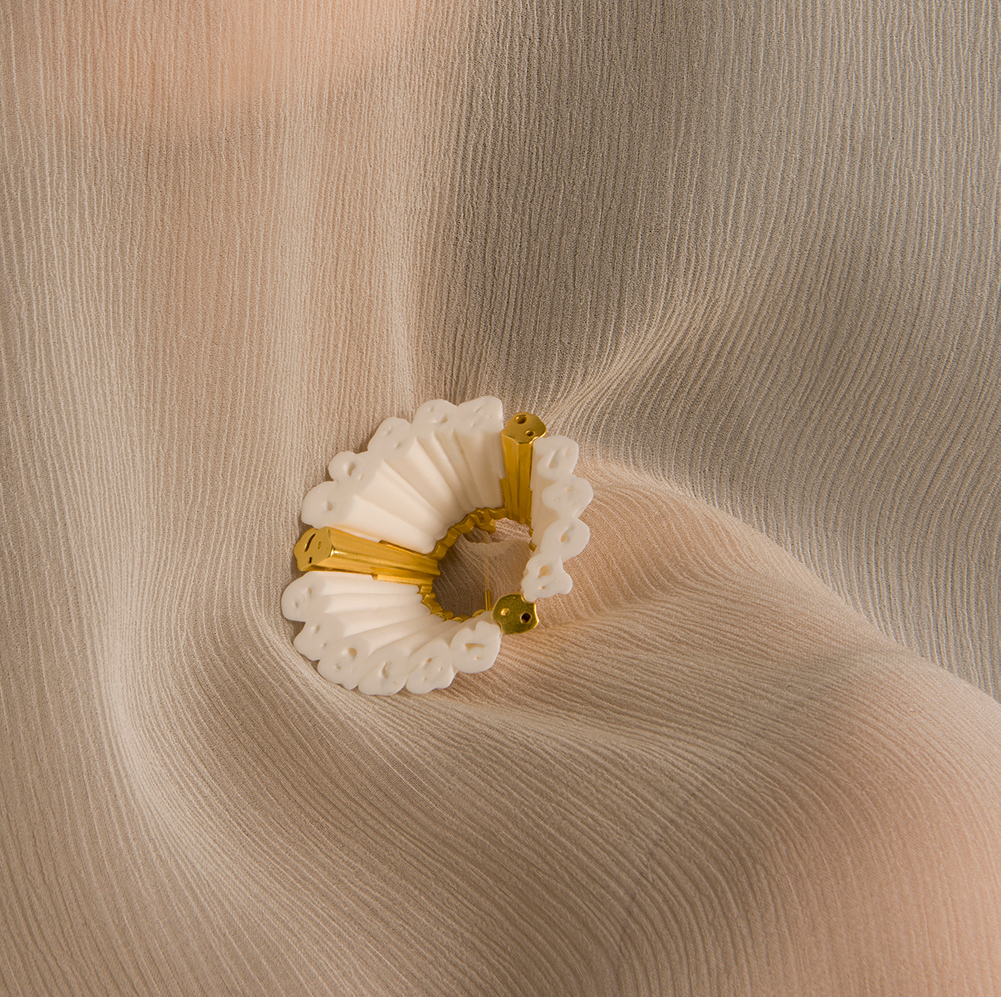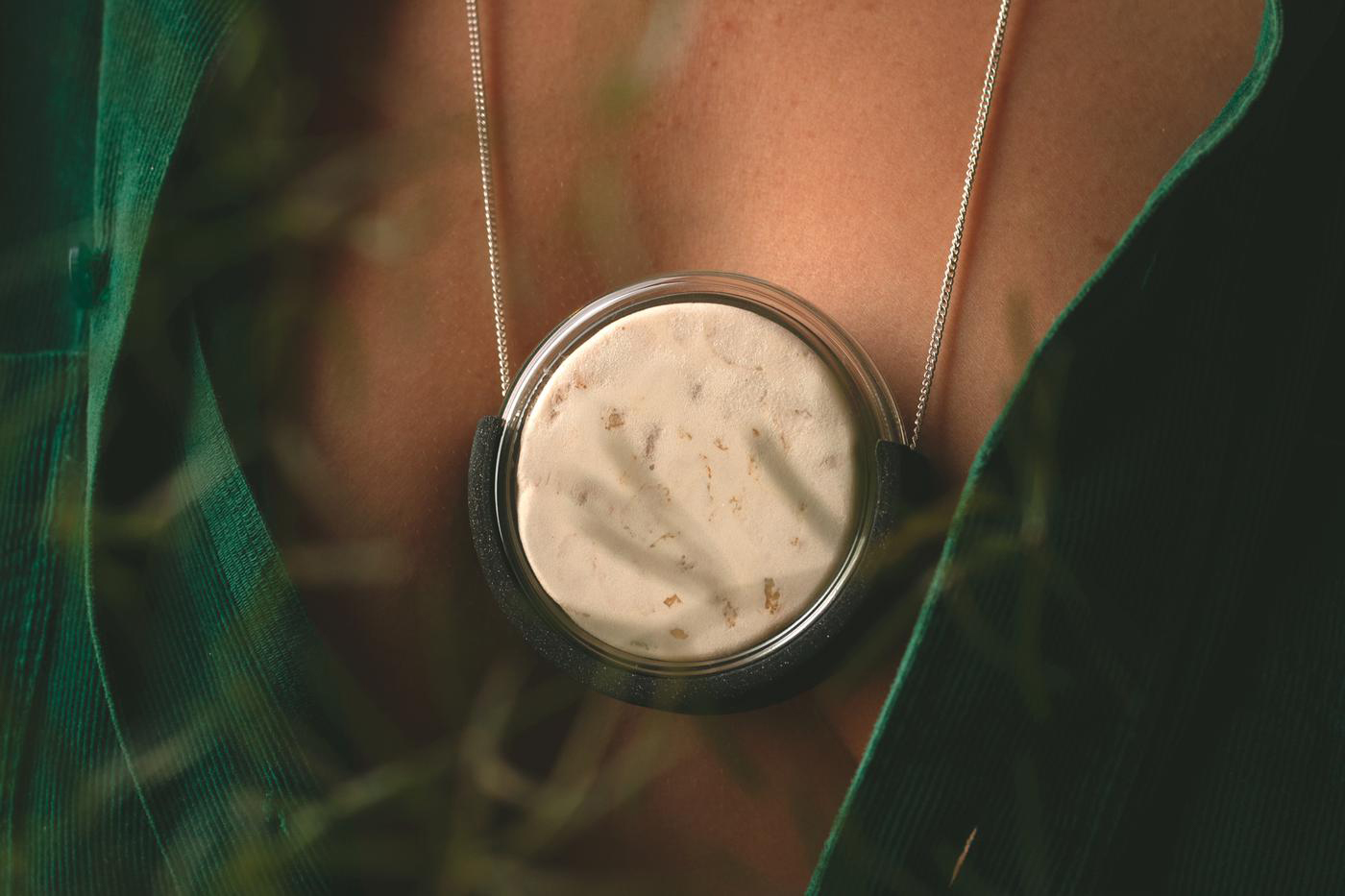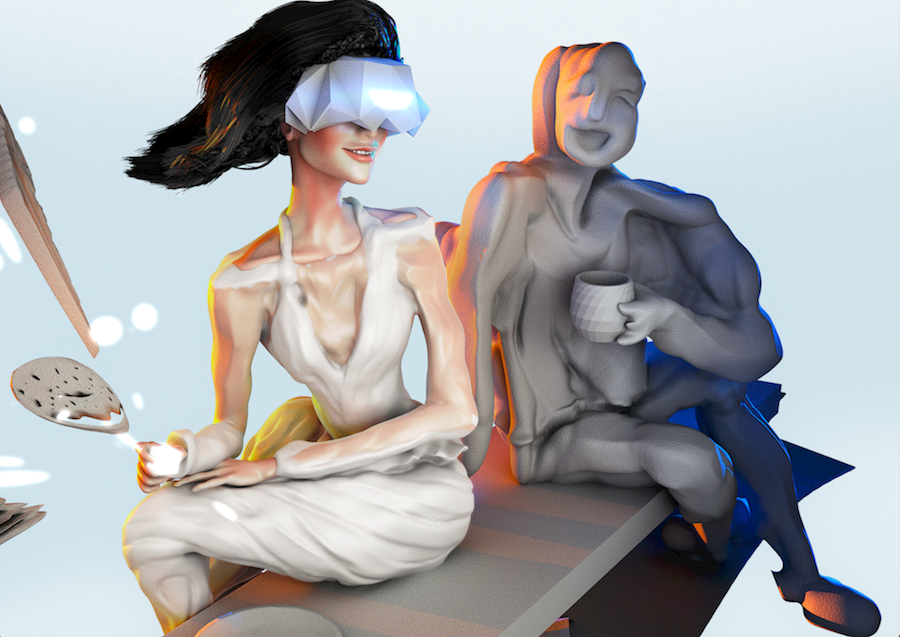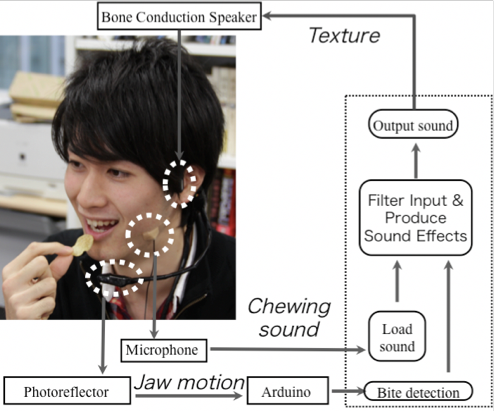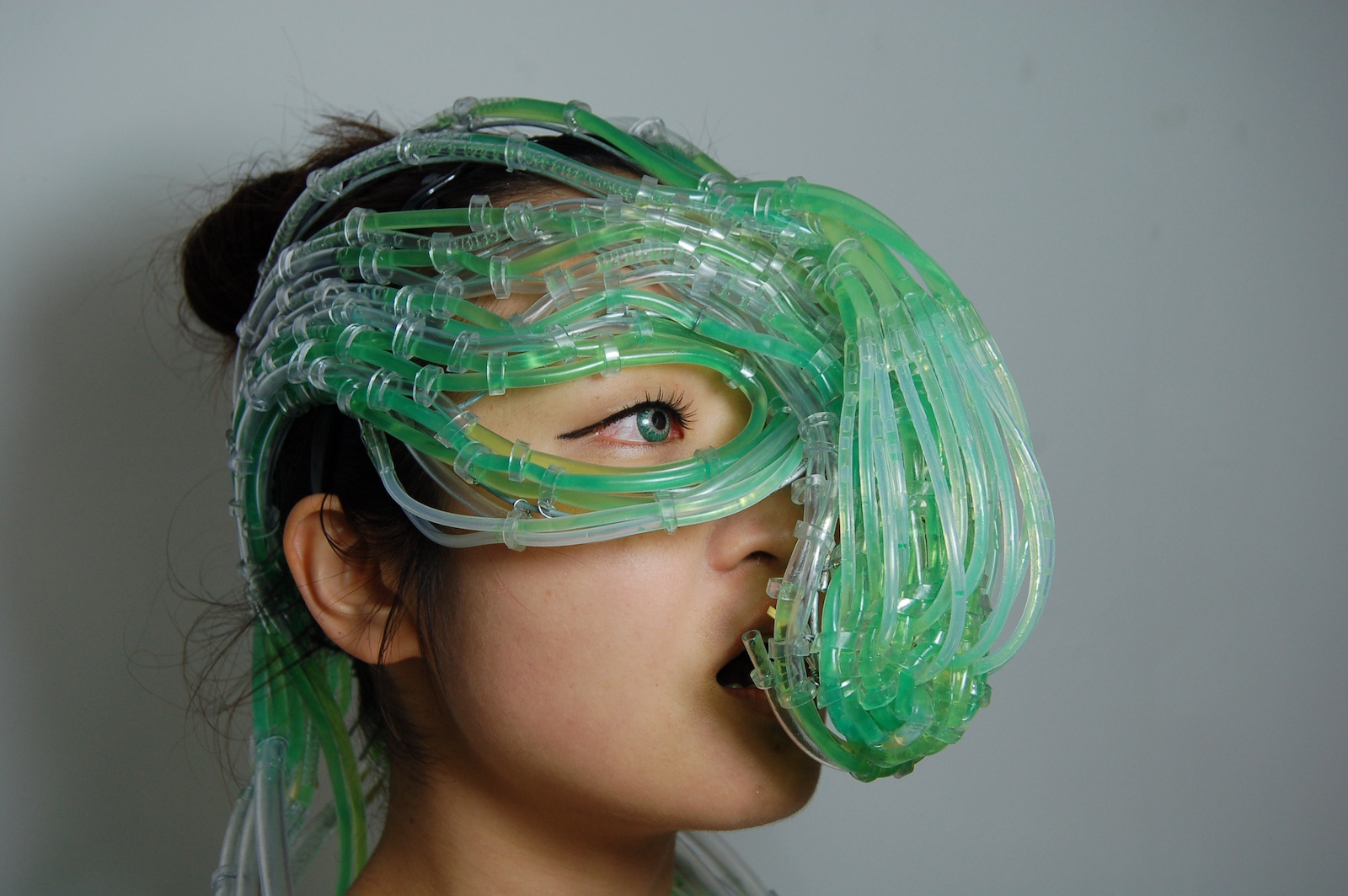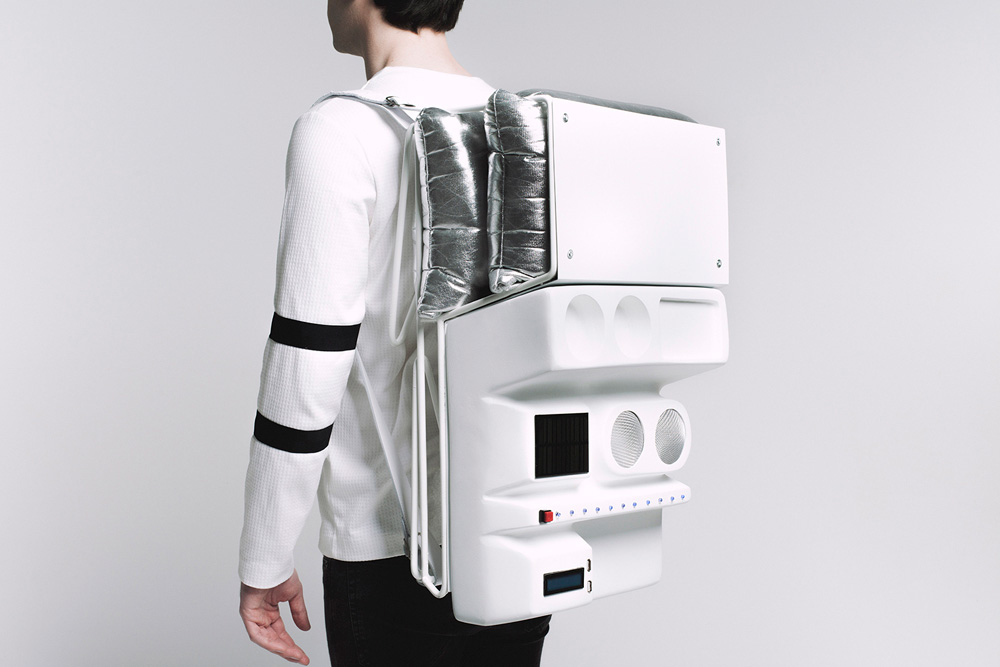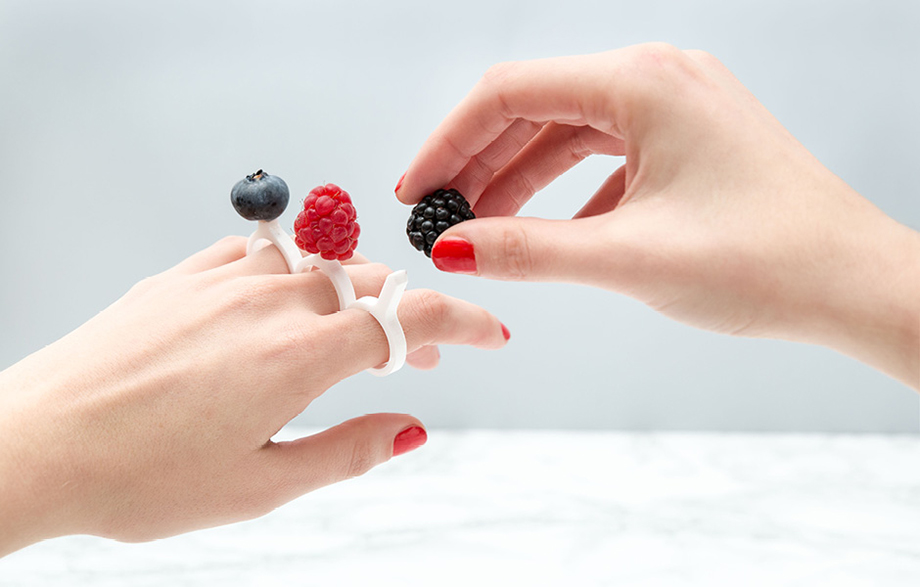Designers Barbora Tydlitátová and Natálie Bozděchová, working together under the studio name Pazdráti, usually focus their work on the creation of contemporary jewelry and glass objects. Their work highlights their dedication to and passion for molten glass shaping, employing melted glass techniques via furnace, as well as hot glass forming. Their latest collection, Rottenschmuck, merges jewelry design with food waste, using the unique properties of glass to emphasize issues in global food consumption. MOLD spoke with Tydlitátová and Bozděchová about the inspiration behind Rottenschmuck, and how they designed the collection:
MOLD: How did you first develop the idea for Rottenschmuck?
Pazdráti: Food waste is something we have been concerned about for a long period of time. Nonetheless, the concept connected with Rottenschmuck, first exhibited in The Kuzebauch Gallery in Prague, really emerged when we started living together and began sharing food. Sometimes we didn’t manage to finish all the food we had, and eventually we were forced to throw it out—leaving us feeling guilty. We started keeping unused groceries instead of throwing them out, observing what happened with them and how they decayed. Although we don’t consider ourselves as activists, this issue is omnipresent for everyone. Overall, unnecessary waste of food fosters the disrespect people have towards food.
What process did you use to make the jewelry for the collection?
For a long time we have been thinking about an appropriate art technique for expressing our attitude towards the disrespectful handling of food in our society. Owing to our background in the glass hotshop, and our love of experiments, we decided to express our concerns through conserving rotten parts of food in glass. We work with glass most of the time and are still amazed by its vast possibilities.
This time, we utilized the capability of hot glass to carbonate anything that it embraces. In this case, the carbonated food still preserves its shape and stays visible through the transparent material as if it was placed in a reminder box. First, we created glass discs, between which we inserted different kinds of unused eatables at different stages of decomposition. The glass structure was then put in a melting furnace. The glass medallions were eventually suspended on copper wires drawn out of old cables.
How do the designs in Rottenschmuck comment on food waste?
The rotten food coming from our own fridges in the collection makes us think about the future, and how we will decide to purchase and consume food. Our jewelry collection is intended to show the ambivalent relationship of Western civilization towards food consumption. The glass amulets should help us remember to buy only the amount of food we are really capable to eat. Each piece is relatively heavy, and the rough metal suspension makes it intentionally uncomfortable to wear. This discomfort acts as an analogy for the guilt people should feel for their inconsiderate attitude towards food.
Why did you think it was important to address issues surrounding food consumption through design
We as glassmakers and jewelry designers are always keen to come up with collections that have a strong message. The advantage of jewelry design is its multifunctionality. Not only does jewelry serve as decoration, but also as an artistic testimony.
Moreover, compared to witnesses of other forms of art, the jewelry spectator is nearly always present, and often shares his or her comments on it. Furthermore, both food waste and design surround us every day, facilitating the use of one to comment on the other.






